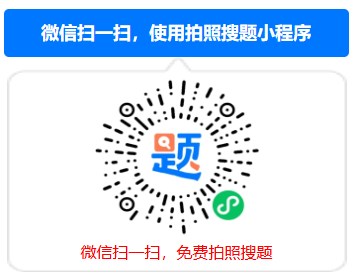填空题
Mary Diana was annoyed when a local laundry charged more to wash and iron her white blouses than to clean her husband’s white shirts. Actually, she was more than just annoyed. (9) Twenty-one of them quoted higher prices for blouses. Then she did an experiment. She cut the label out of a blouse, sewed in the label for a man’s shirt, and took the blouse to the cleaner along with three of her husband’s shirts. The cleaner charged her $1.25. (10) The cleaner charged her $ 2.25. Mary feels that the cleaner’s pricing is unreasonable--that they have prejudice against women and charge arbitrarily higher prices.
(11) The president of the Association of Launderers and Cleaners in Mary’s state has a different view. "The automated machine we use fits a certain range of standardized shirts." he said. "A lot of women’s blouses have different kinds of trim, different kinds of buttons, and lots of braid work, and it all has to be hand-finished. If it involves hand-finishing, we charge higher prices." In other words, some cleaners charge more for doing women’s blouses because the average cost is higher than the average cost for men’s shirts.
(12) A consumer-protection specialist in the Attorney General’s office in Mary’s state said that there were no federal or stare laws to regulate what the cleaners could charge. (13) Many firms face the same problem of how to set prices when the costs are different to serve different customers. For example, poor, inner-city consumers often pay higher prices for food. (14) Some firms don’t like to charge different consumers different prices, but they also don’t want to charge everyone a higher average price to cover the expense of serving high-cost customers.
A Later she did the same thing, but with a blouse that had the original label.
B Of course, the cost of cleaning and ironing any specific shirt may not be higher or lower than the average.
C But inner-city retailers also face higher average costs for facilities, shop lifting, and insurance.
D She telephoned 33 cleaners and asked each one’s price to launder a nonfrills, white cotton blouse the same style and size as a man’s shirt.
E Inner-city consumers enjoy better quality goods.
F Mary won’t take any actual measures to urge the government to pass such a law.
G She said that customers who don’t like a particular cleaner’s rates are free to visit a competitor who may charge less.
H She wants her local city government to pass an ordinance that prohibits laundry and dry cleaning businesses from discriminatory pricing based on gender.
9()
D
相关考题
-
问答题
B集团主要生产自有品牌洗衣机。为扩大销售,其在1996年最先采用代理制。而当其一年之内发展了8家代理商后,代理商与直销部门产生了矛盾,其洗衣机只得采用分公司一代理一用户的销售模式,在全国建立了7家分公司。2000年该集团拥有了50家代理商,但分公司与代理商之间又产生了目标激励的冲突,因为分公司也有利润压力,不可避免地与代理商争夺客户,对代理商积极性打击很大,为解决这一问题,B集团对其分销渠道作了进一步调整,最终采用厂商一总代理一二级代理一用户的渠道模式。 问题: (1)B集团在选择代理商时应考虑哪些因素? (2)B集团评估代理商的标准是什么? (3)B集团能够选择的改进策略有哪些? -
问答题
试述互联网时代对客户服务的挑战。 -
问答题
试述客户服务在企业营销中的作用。



